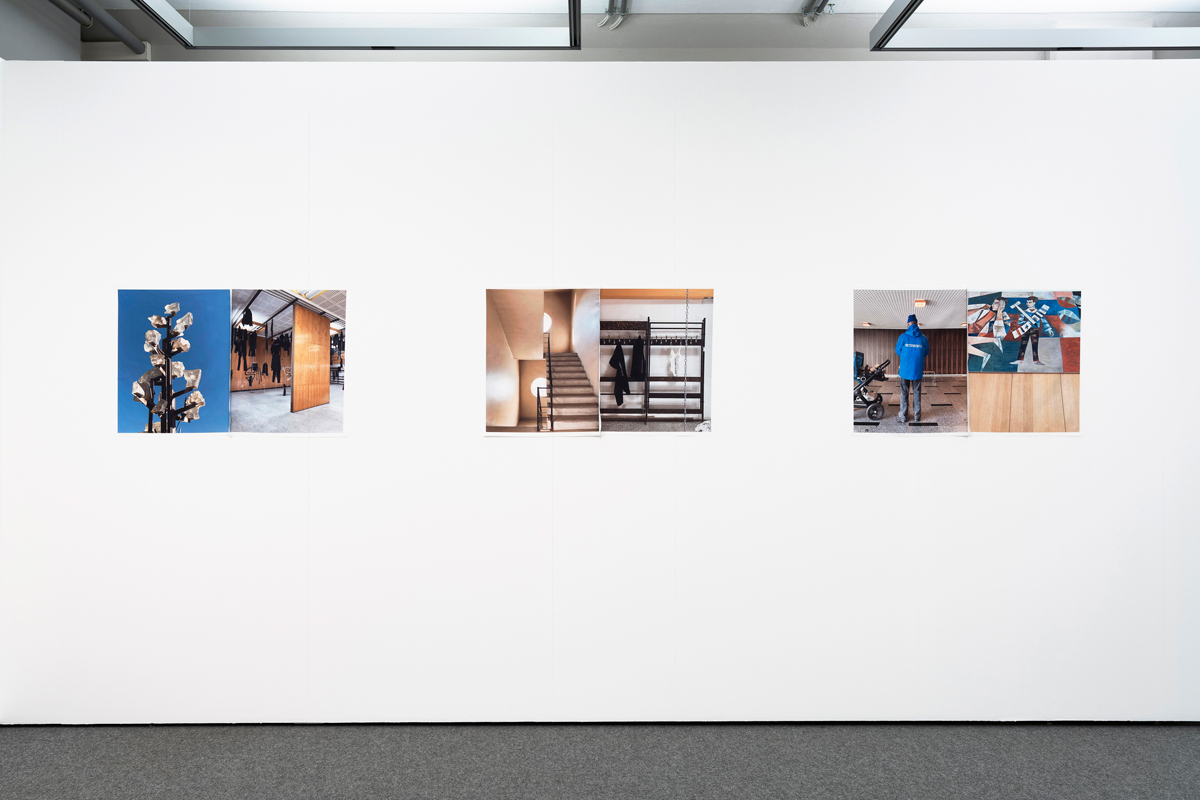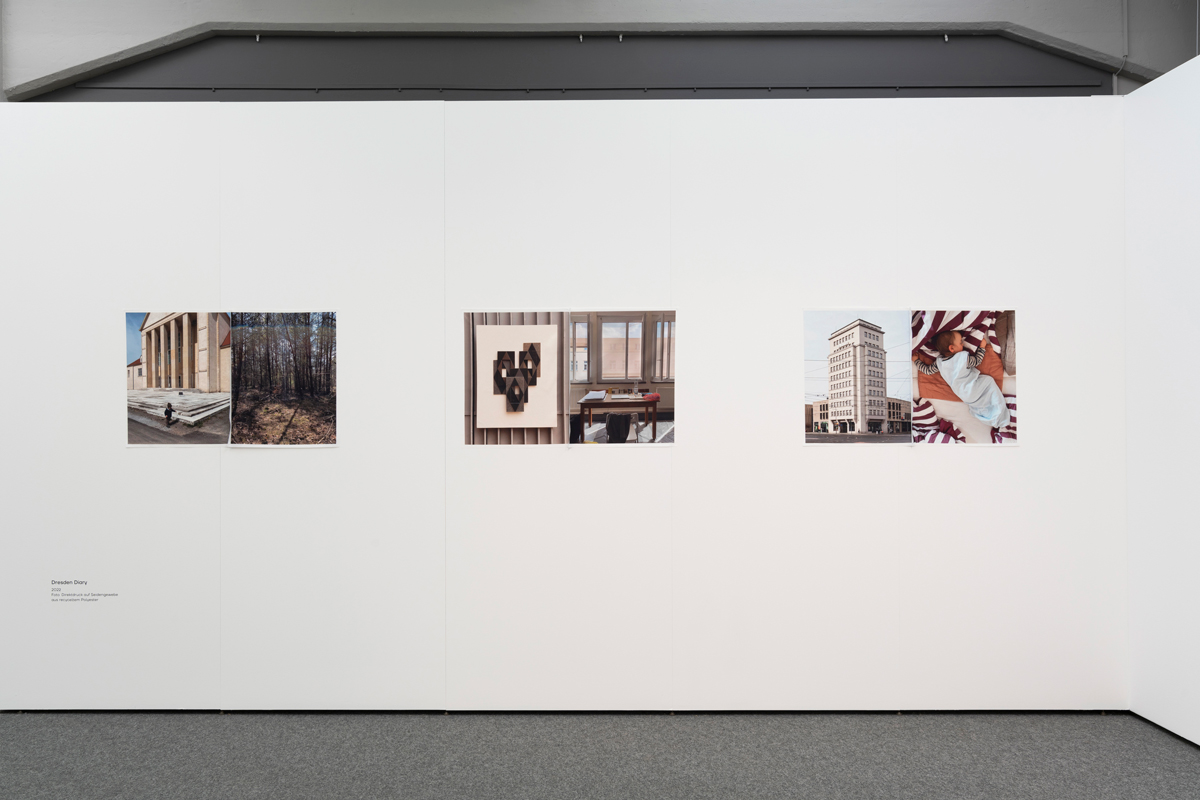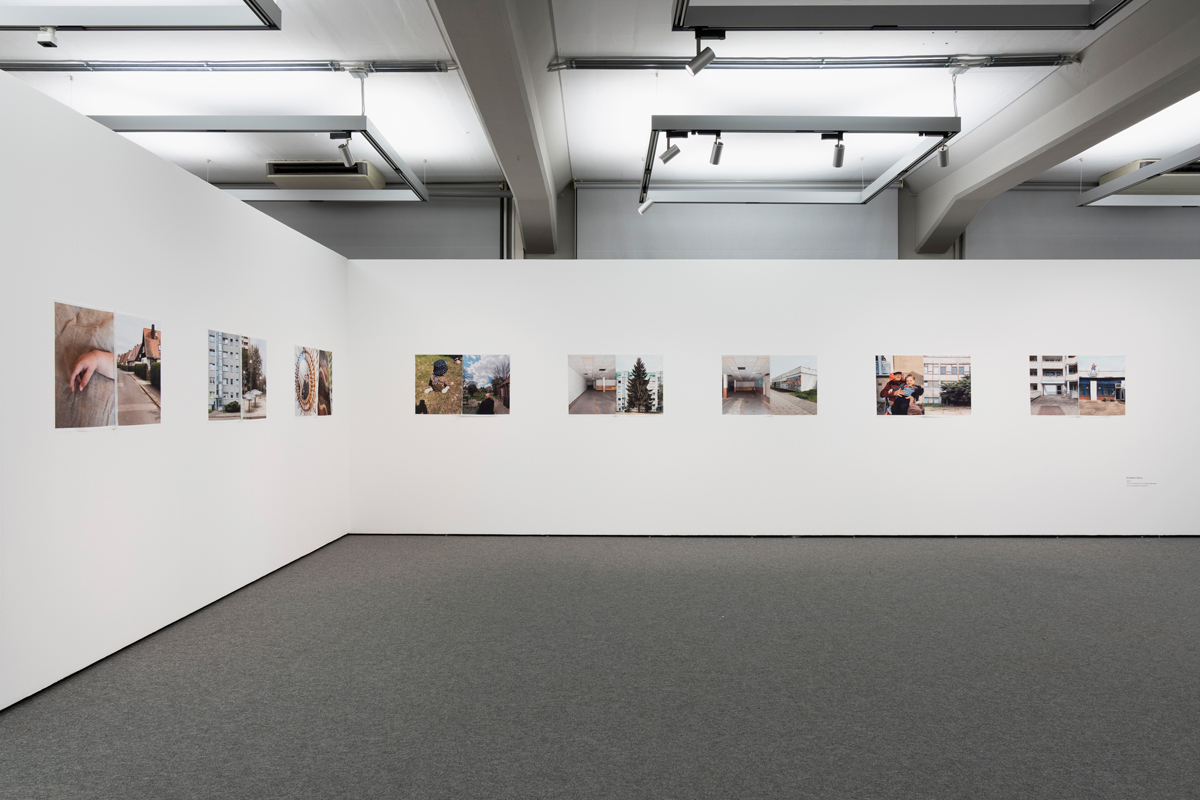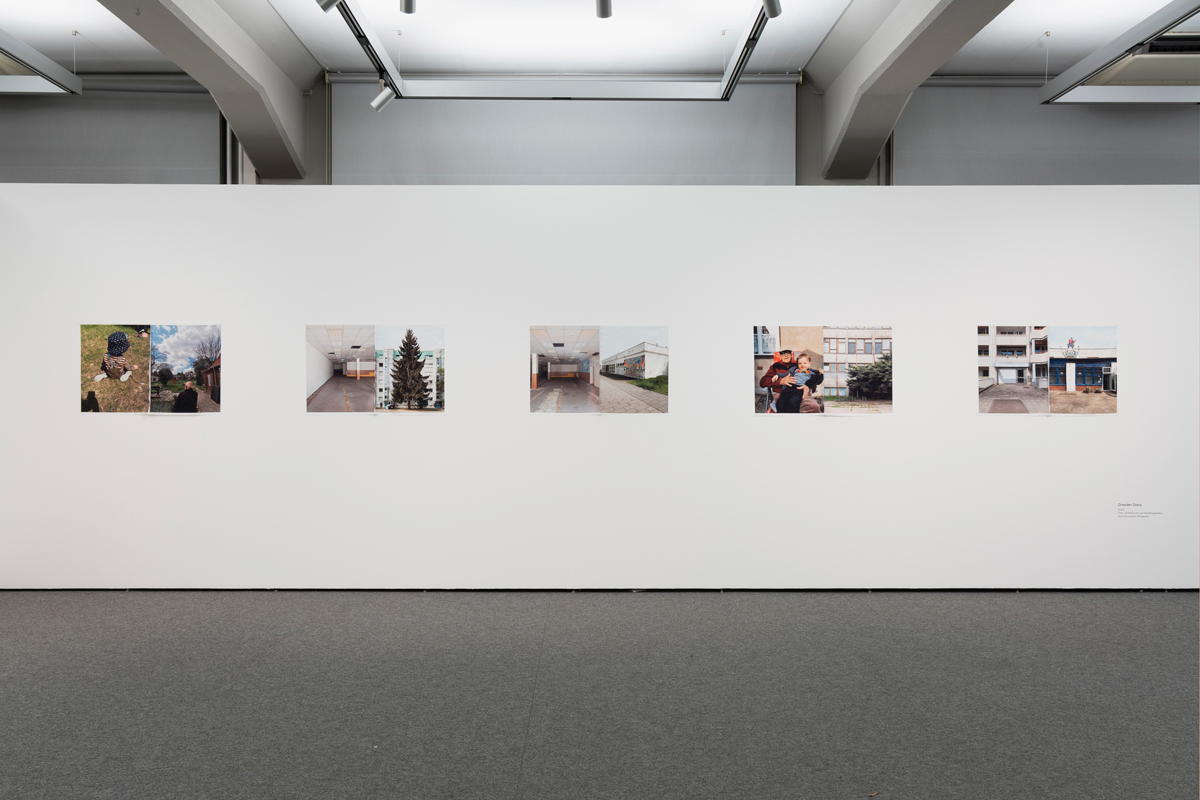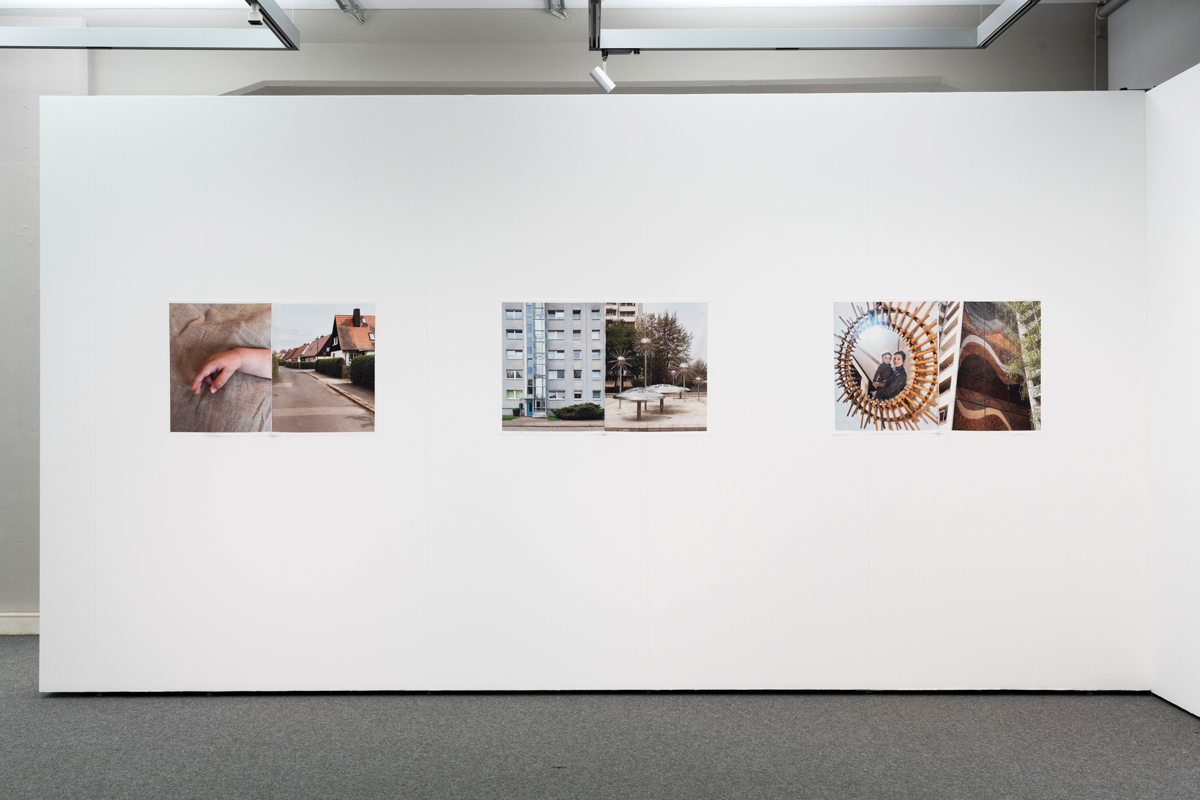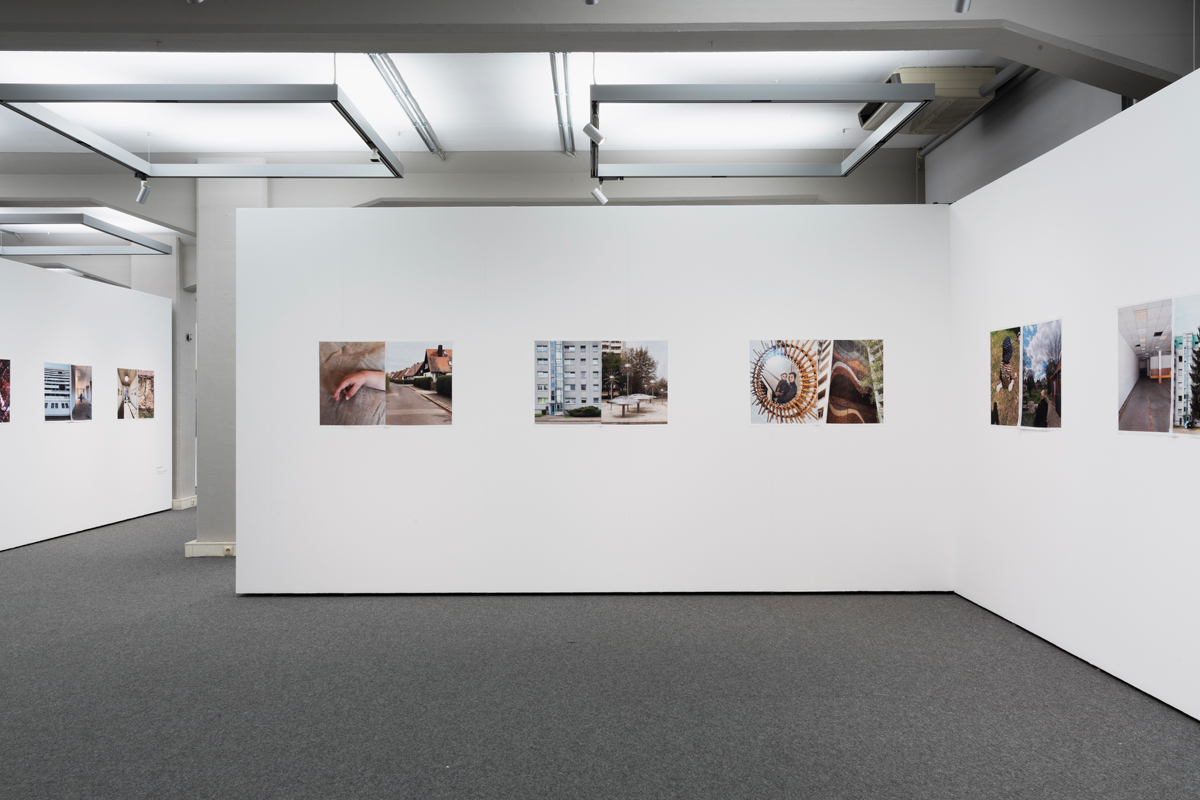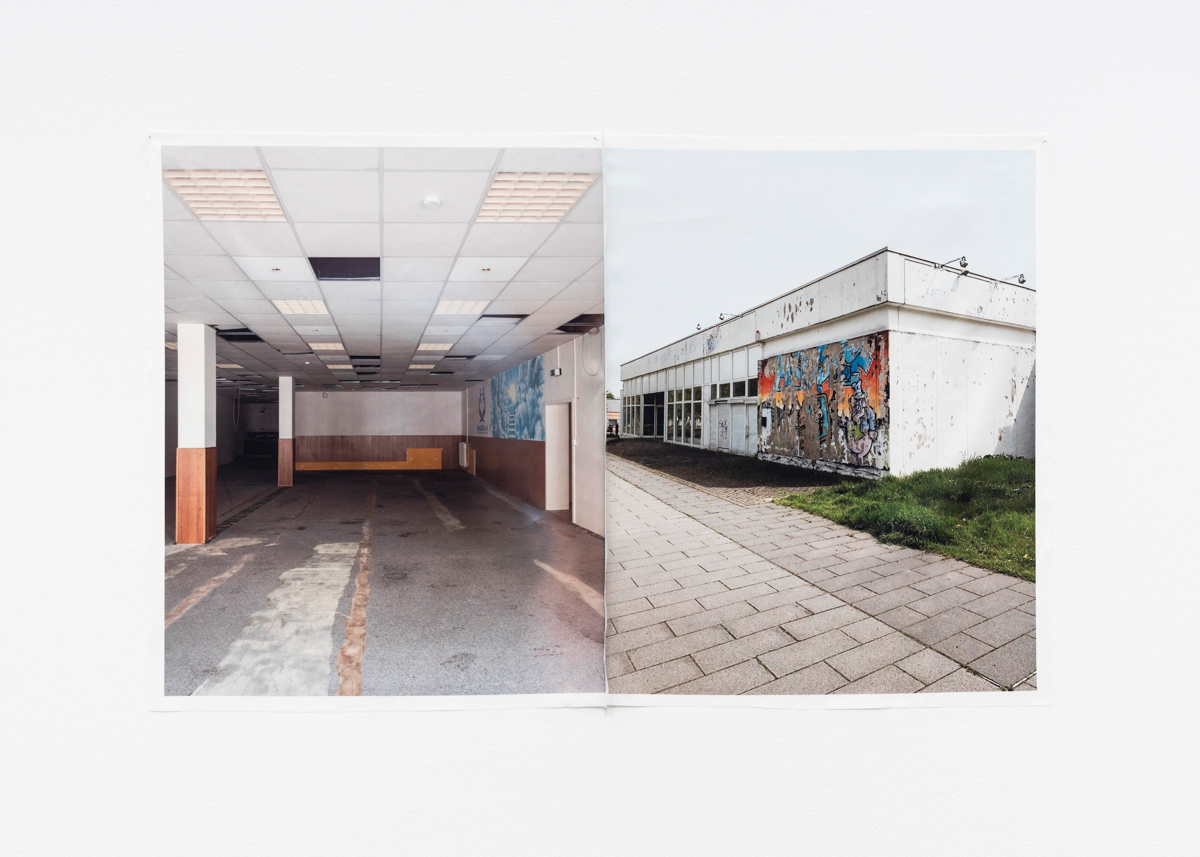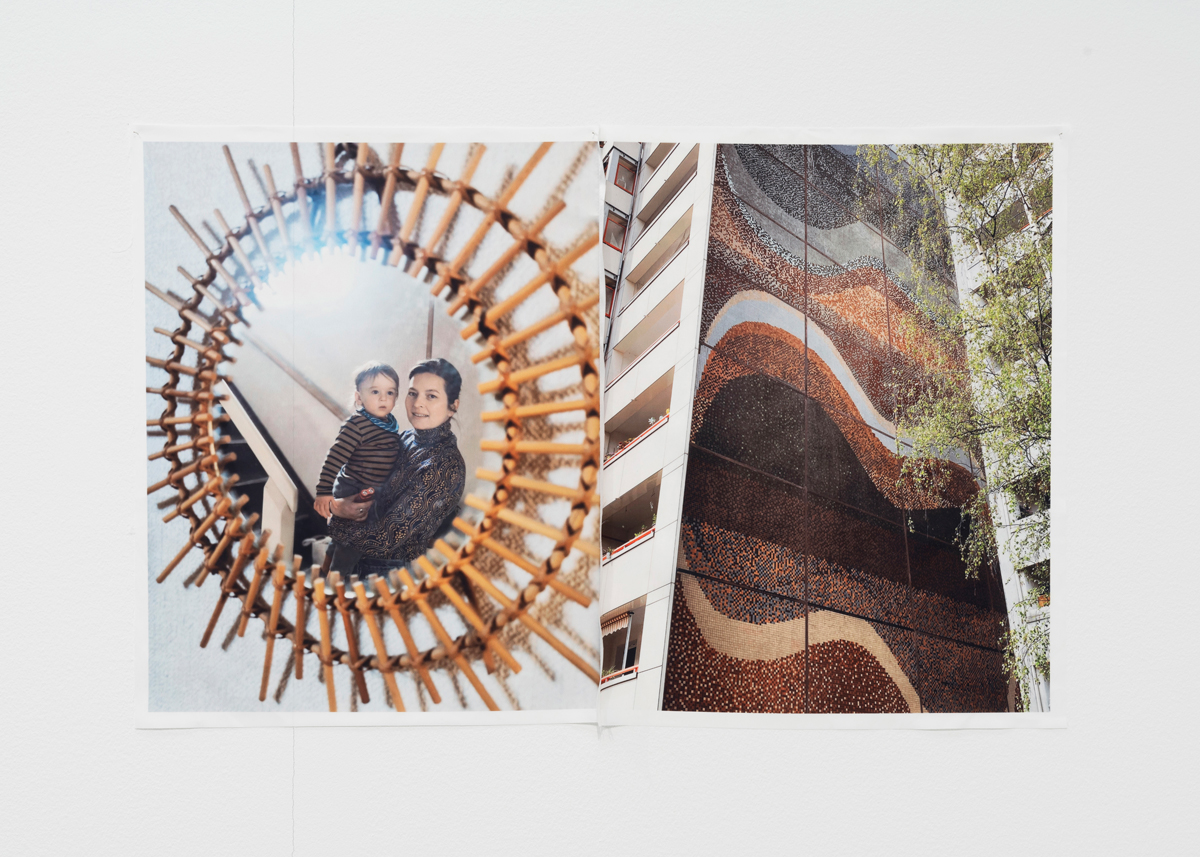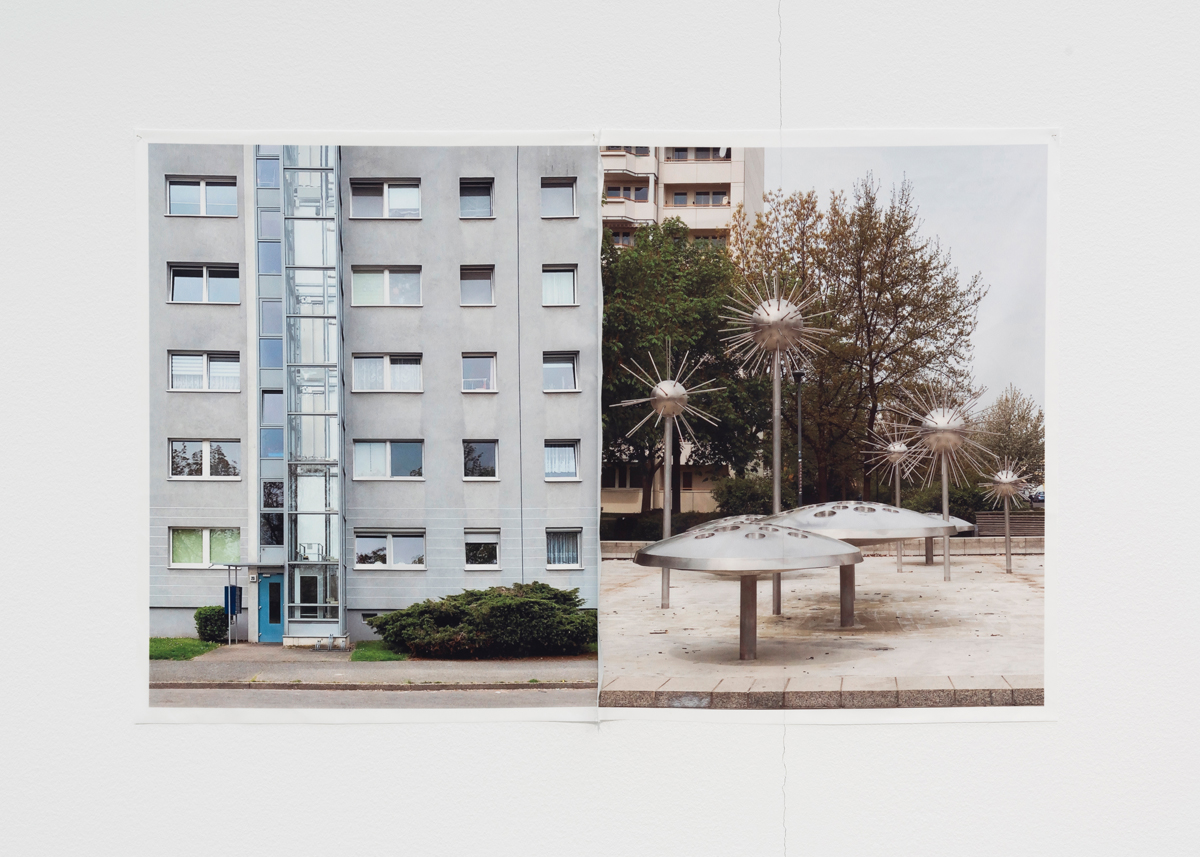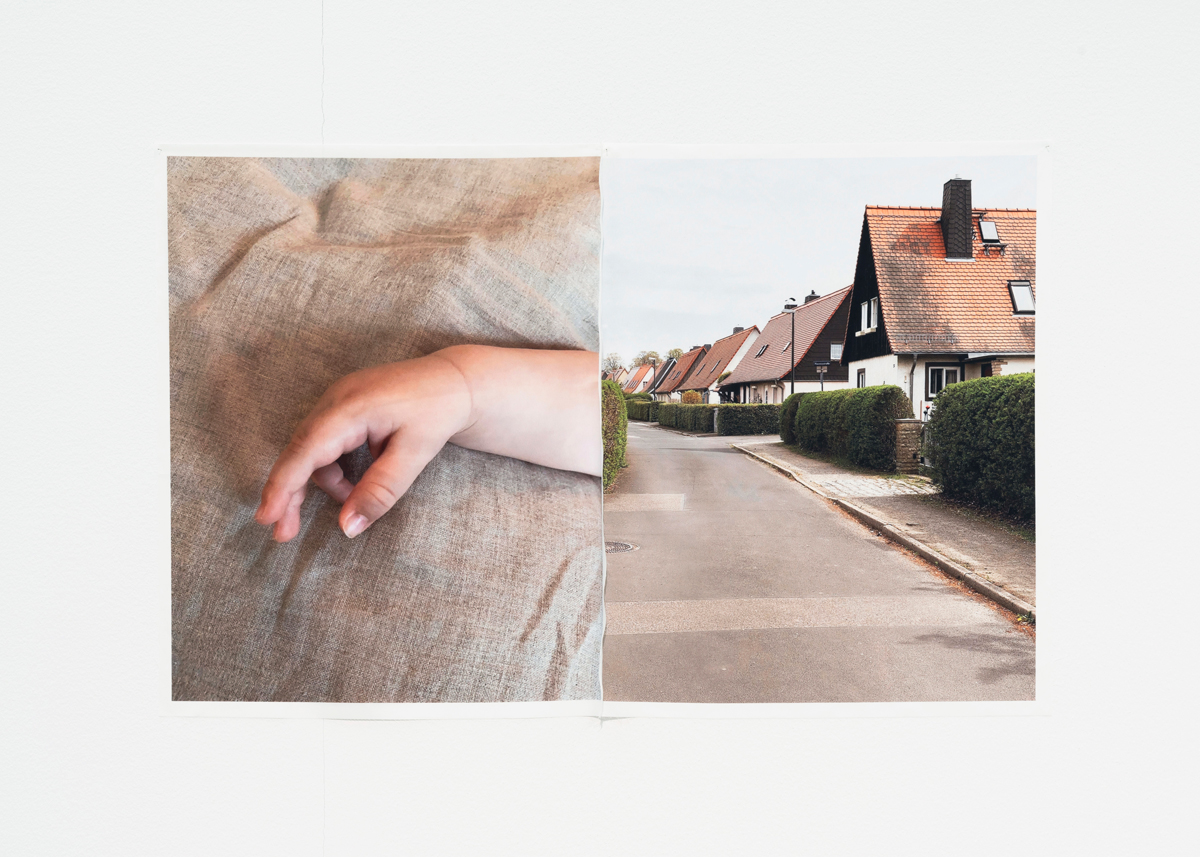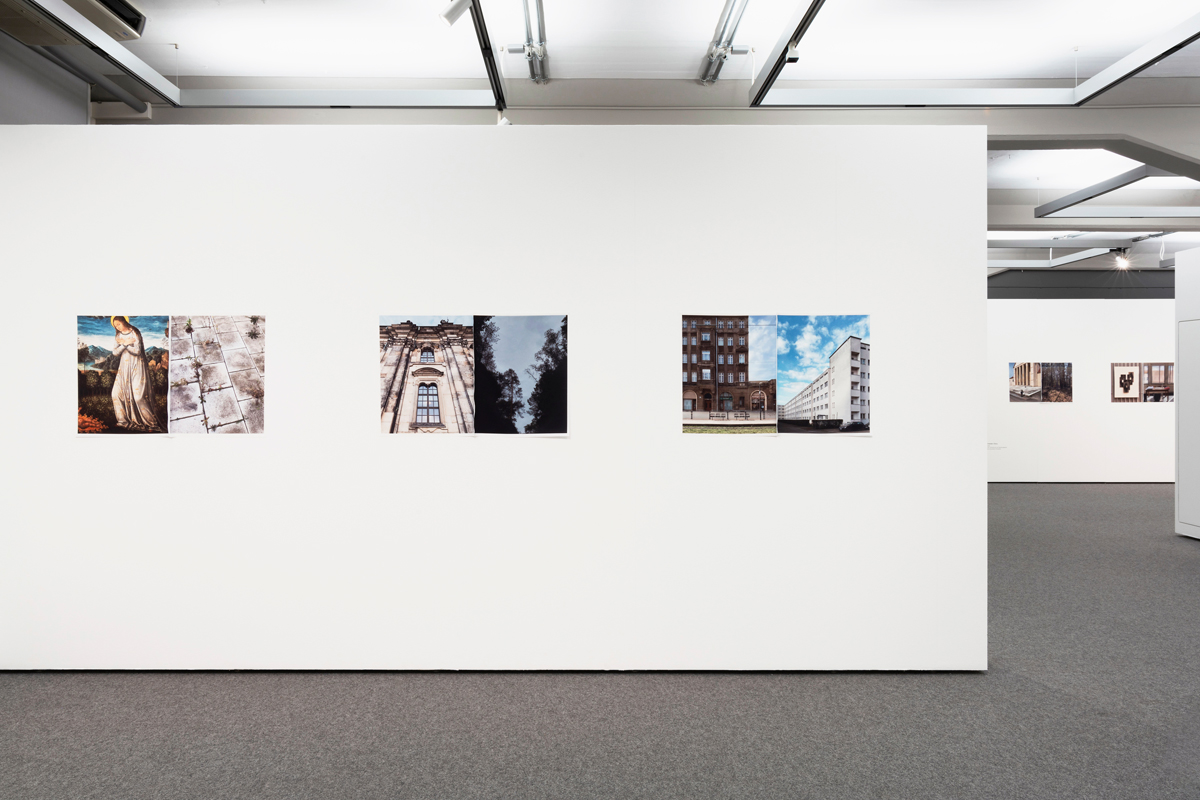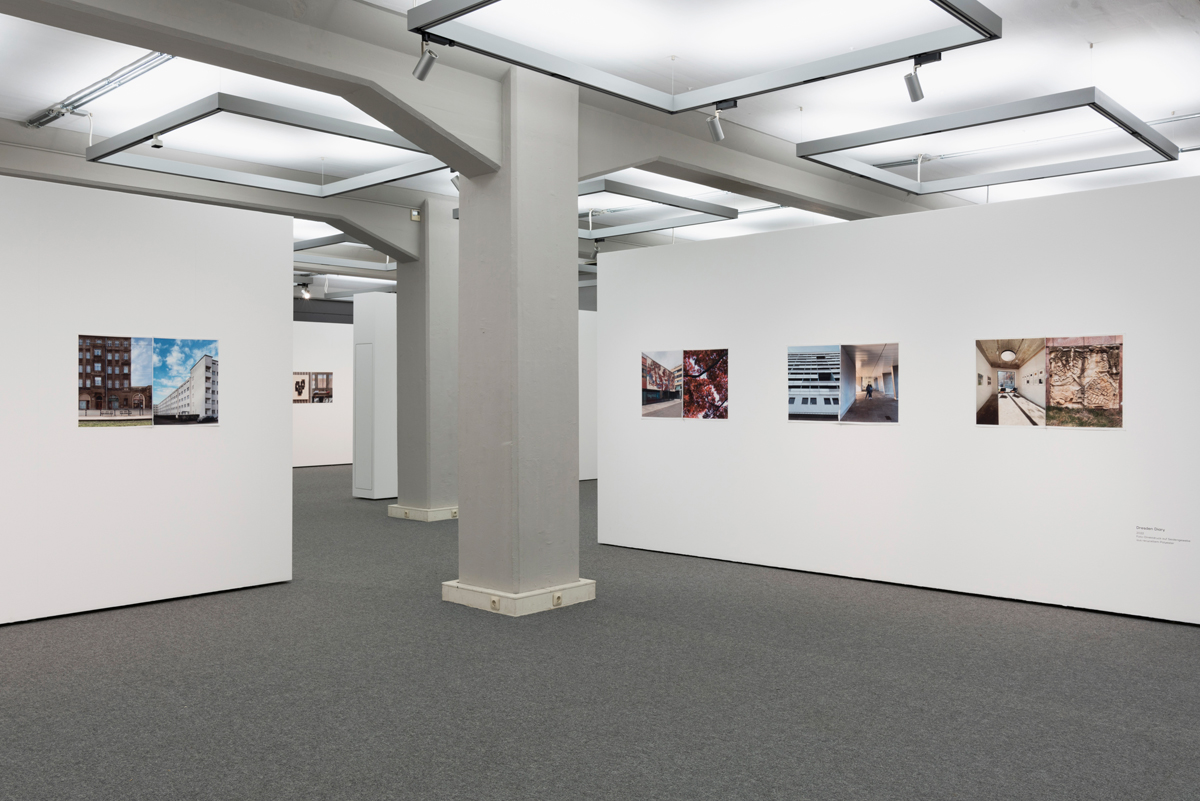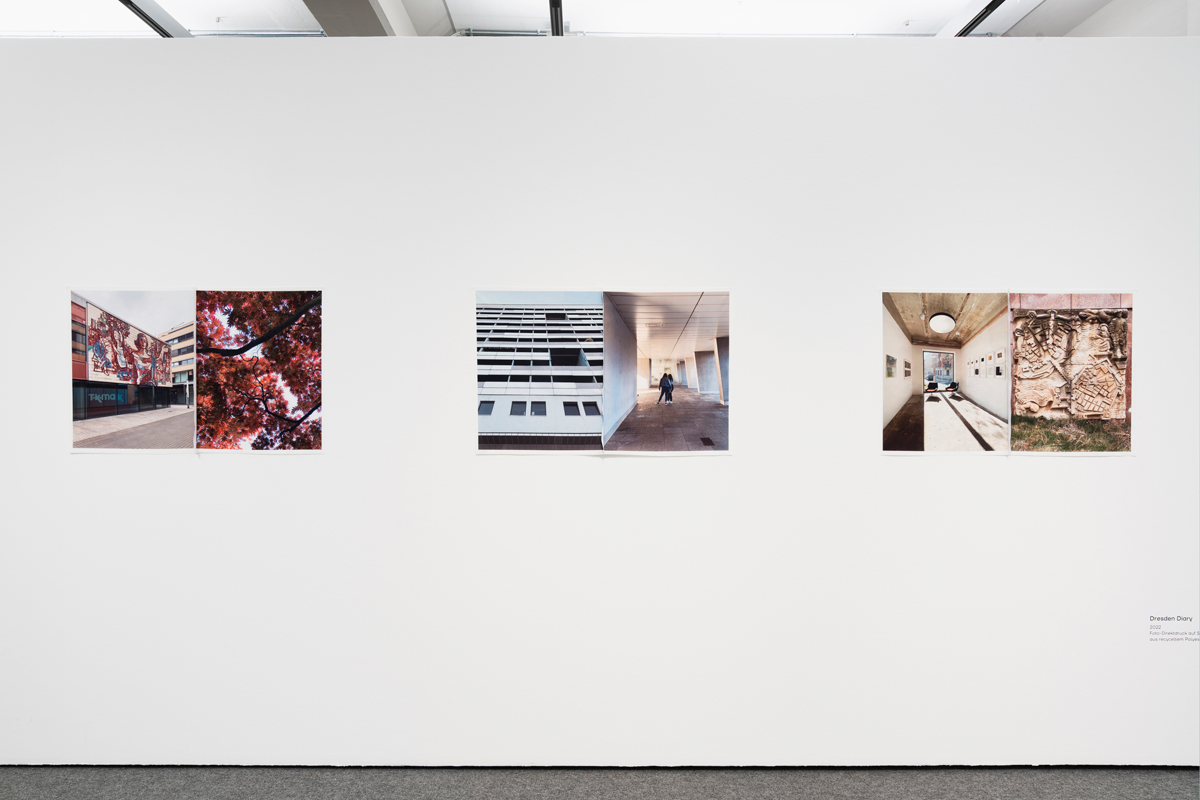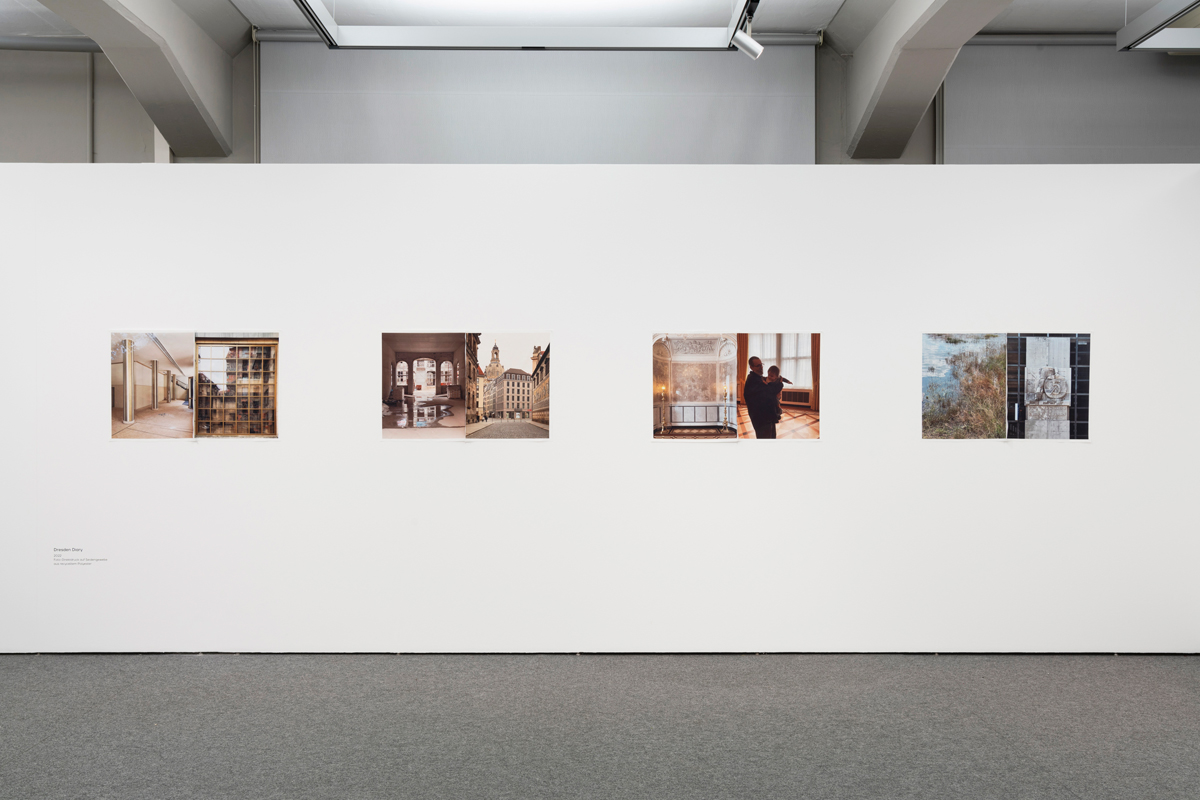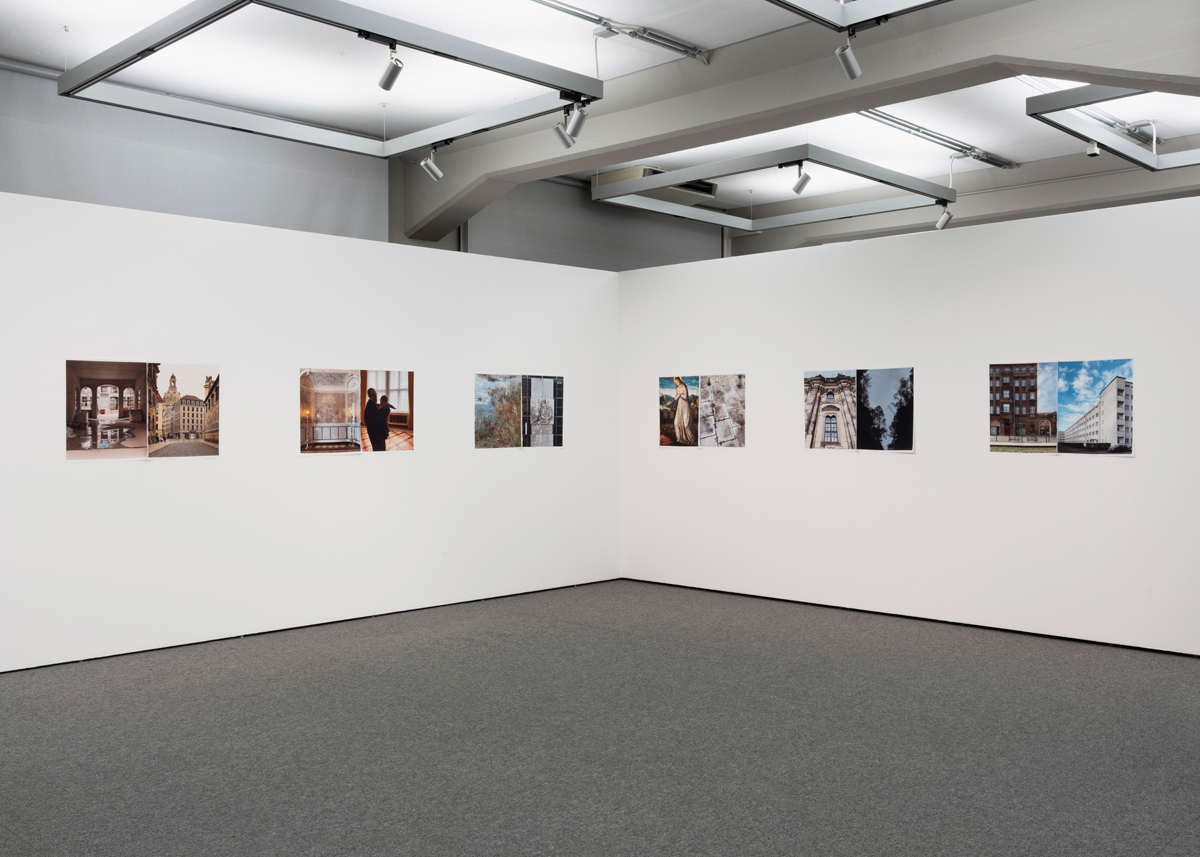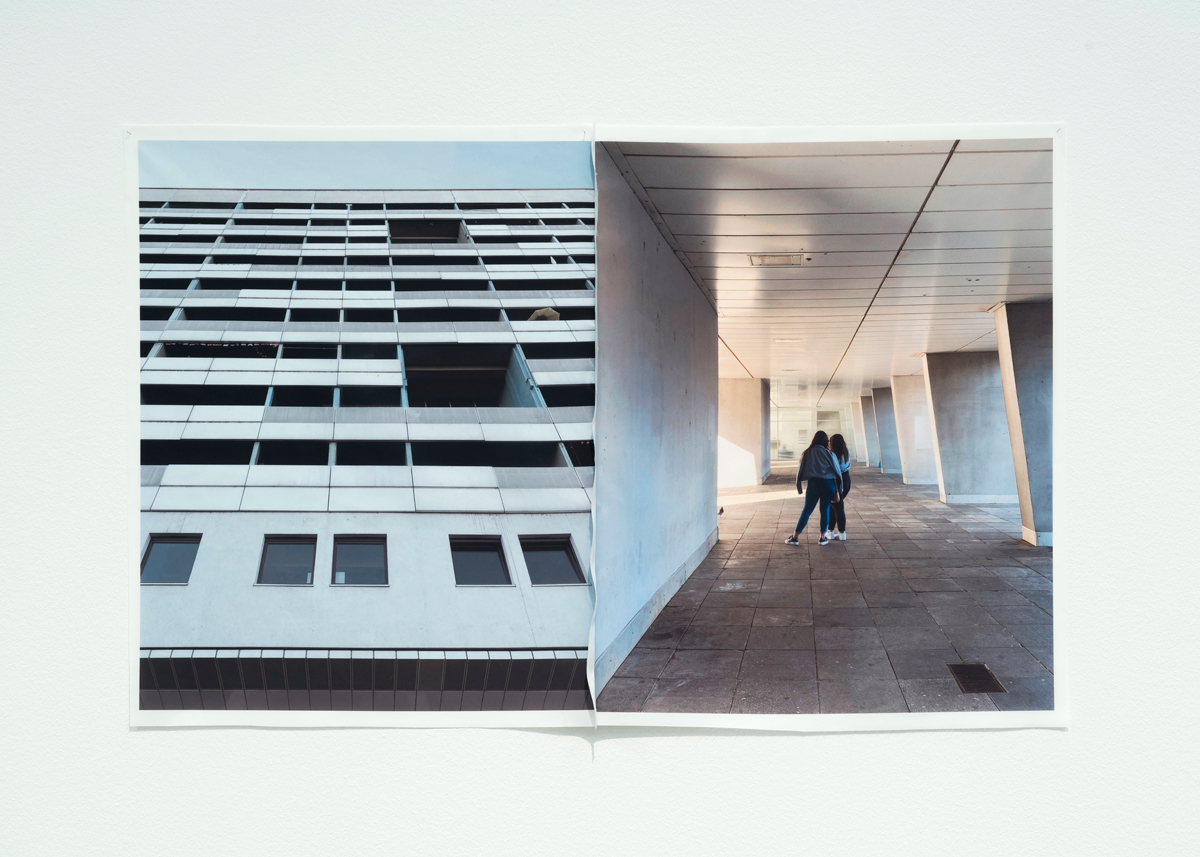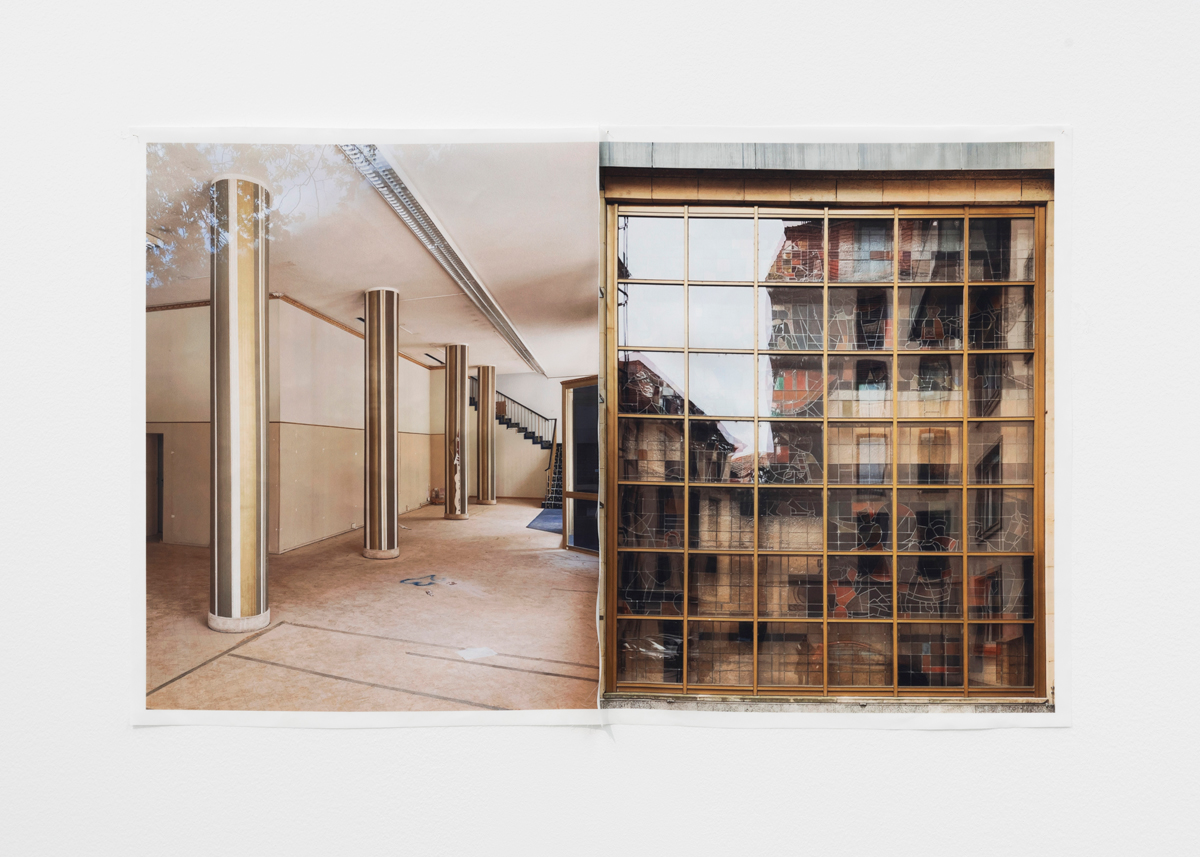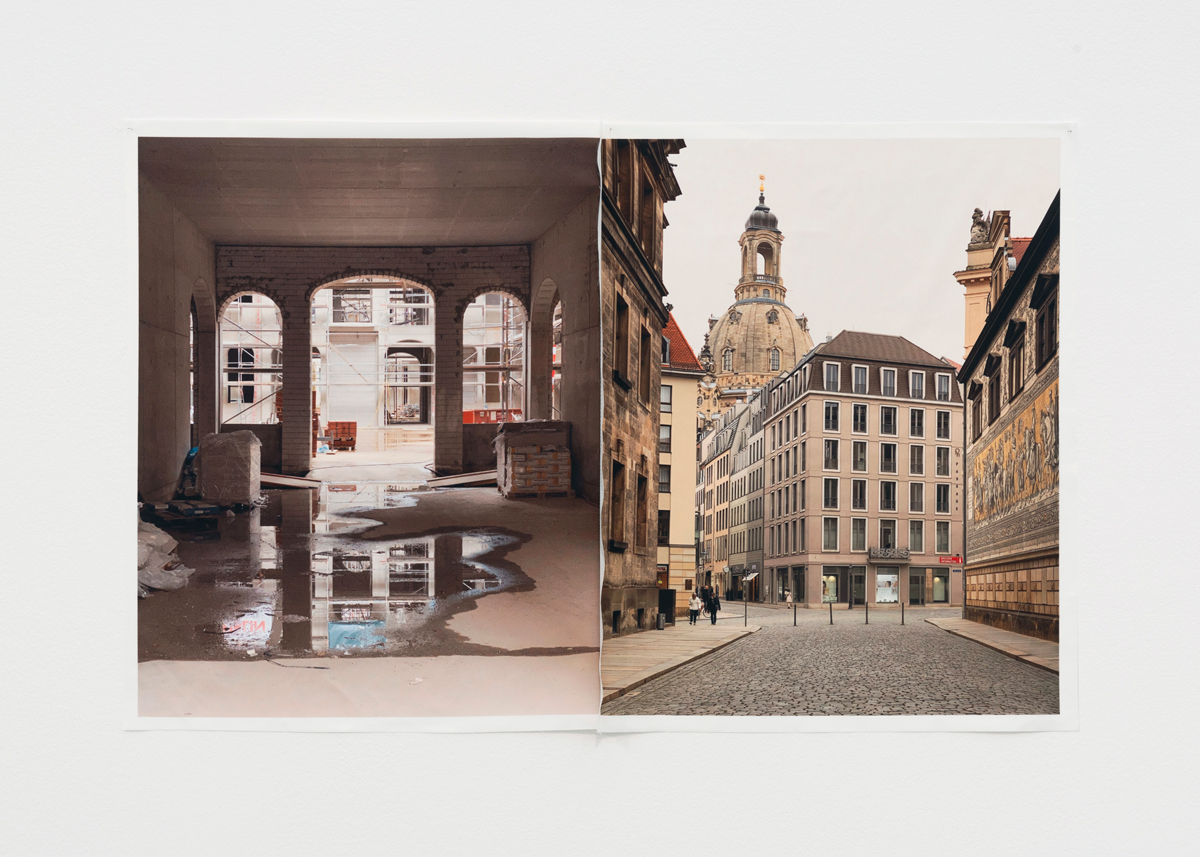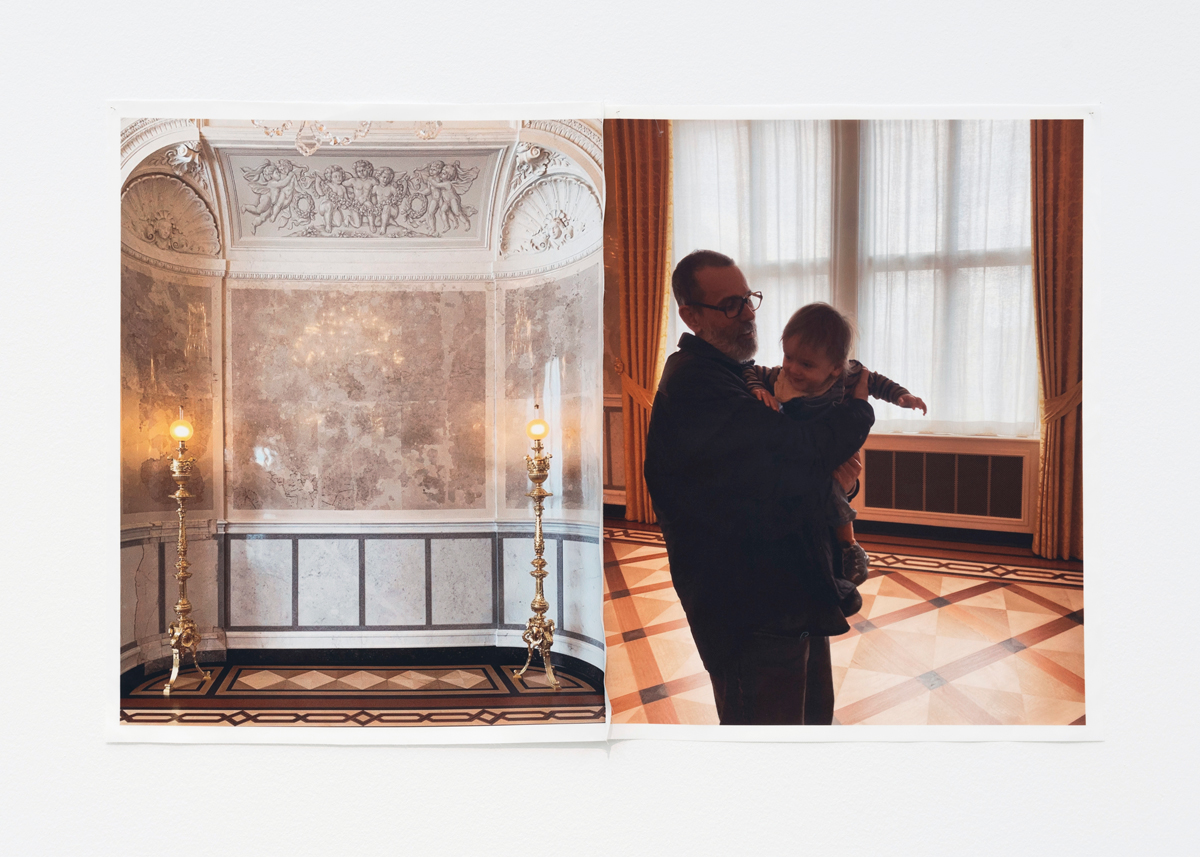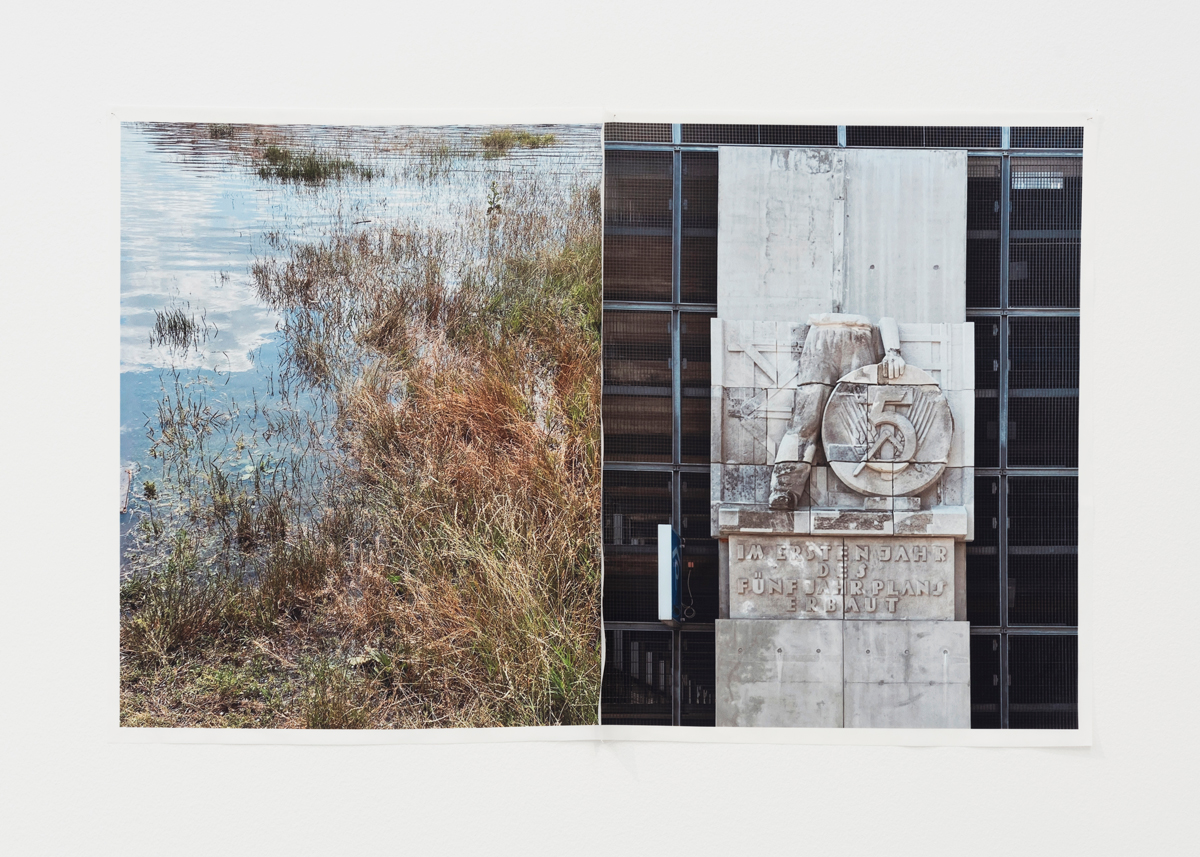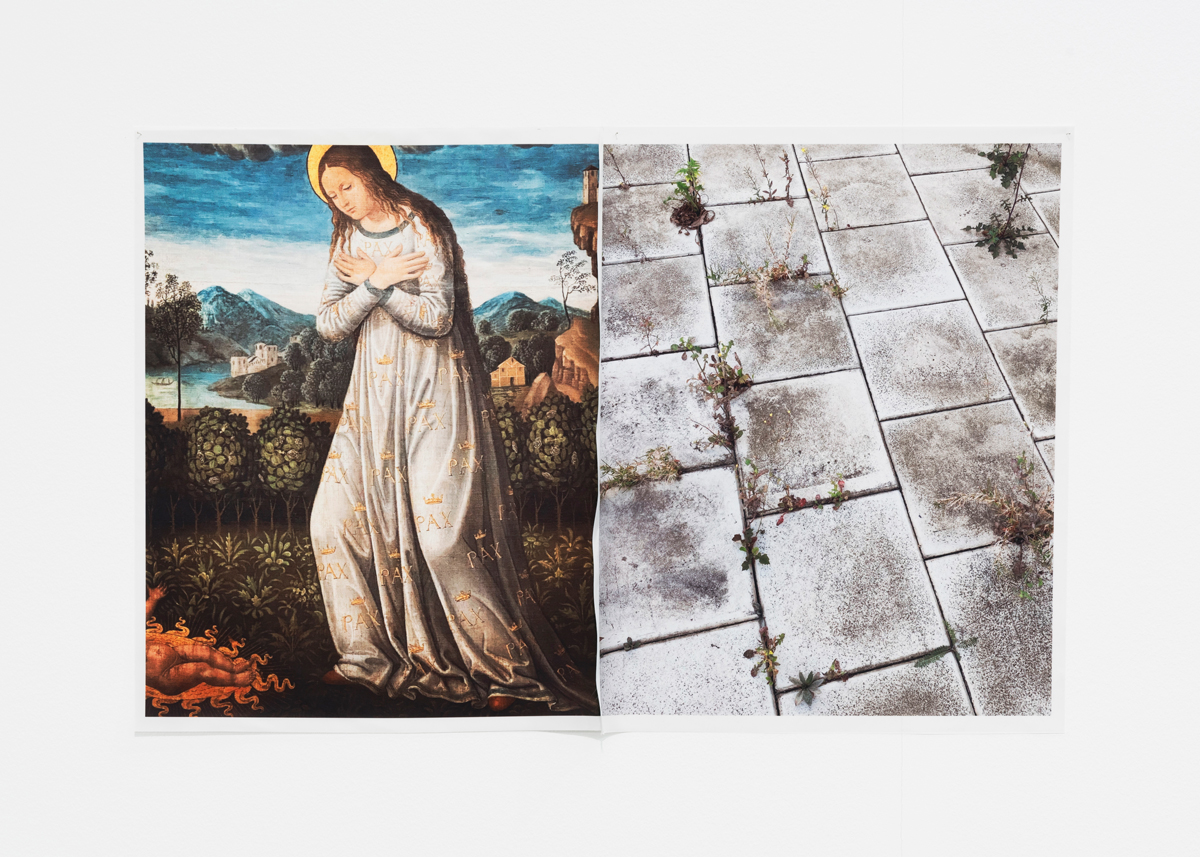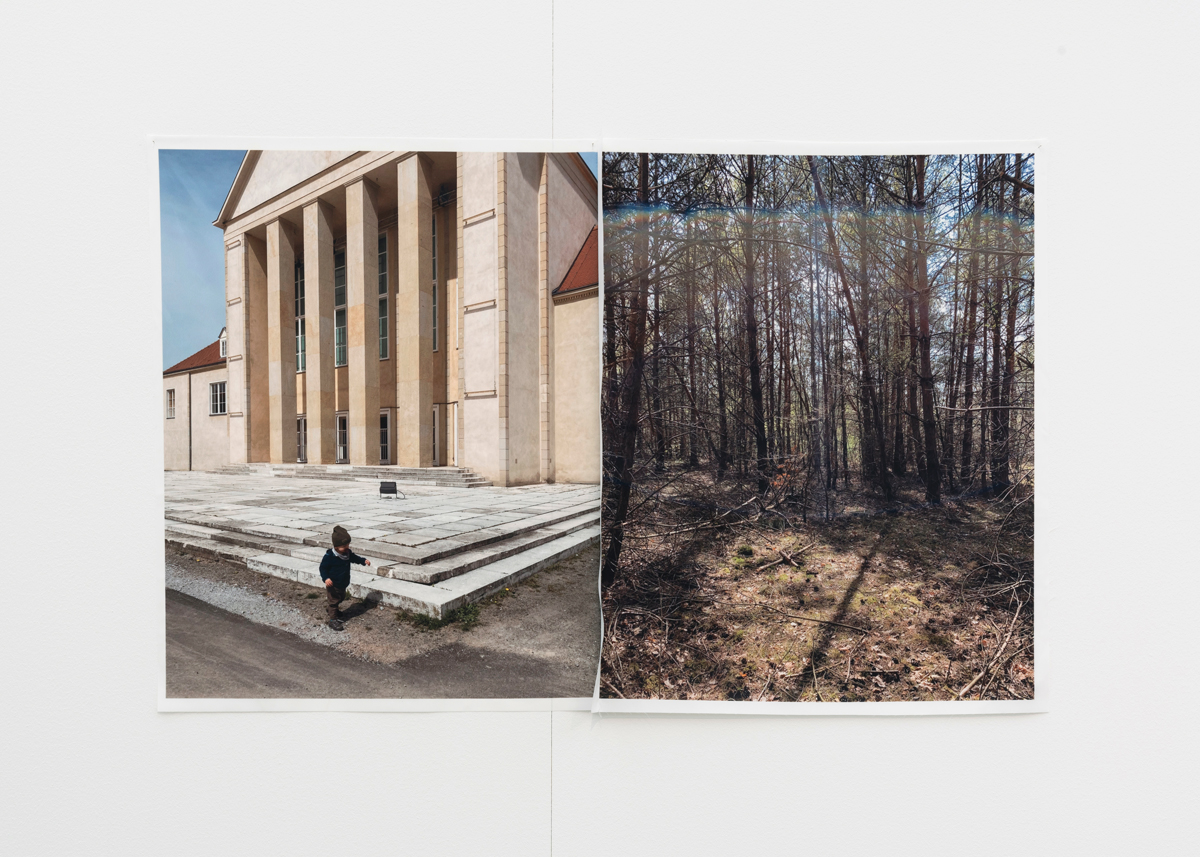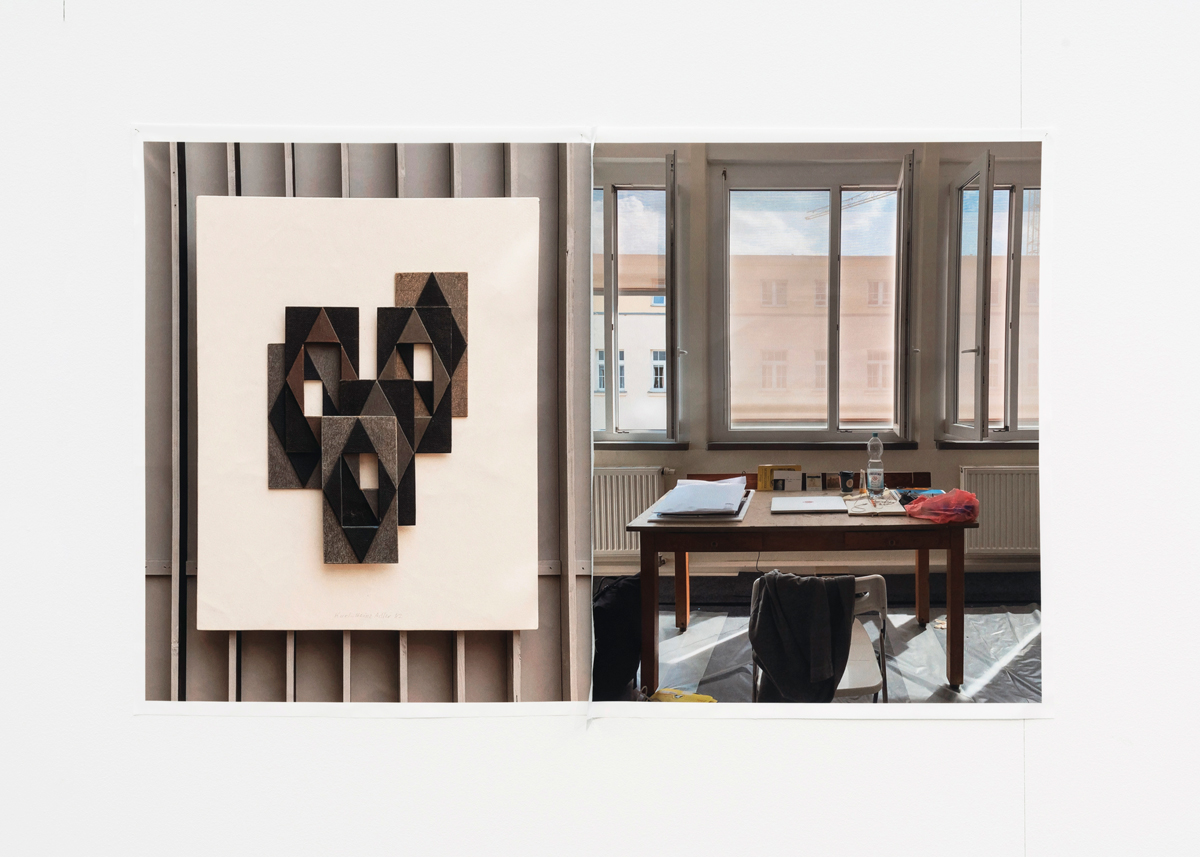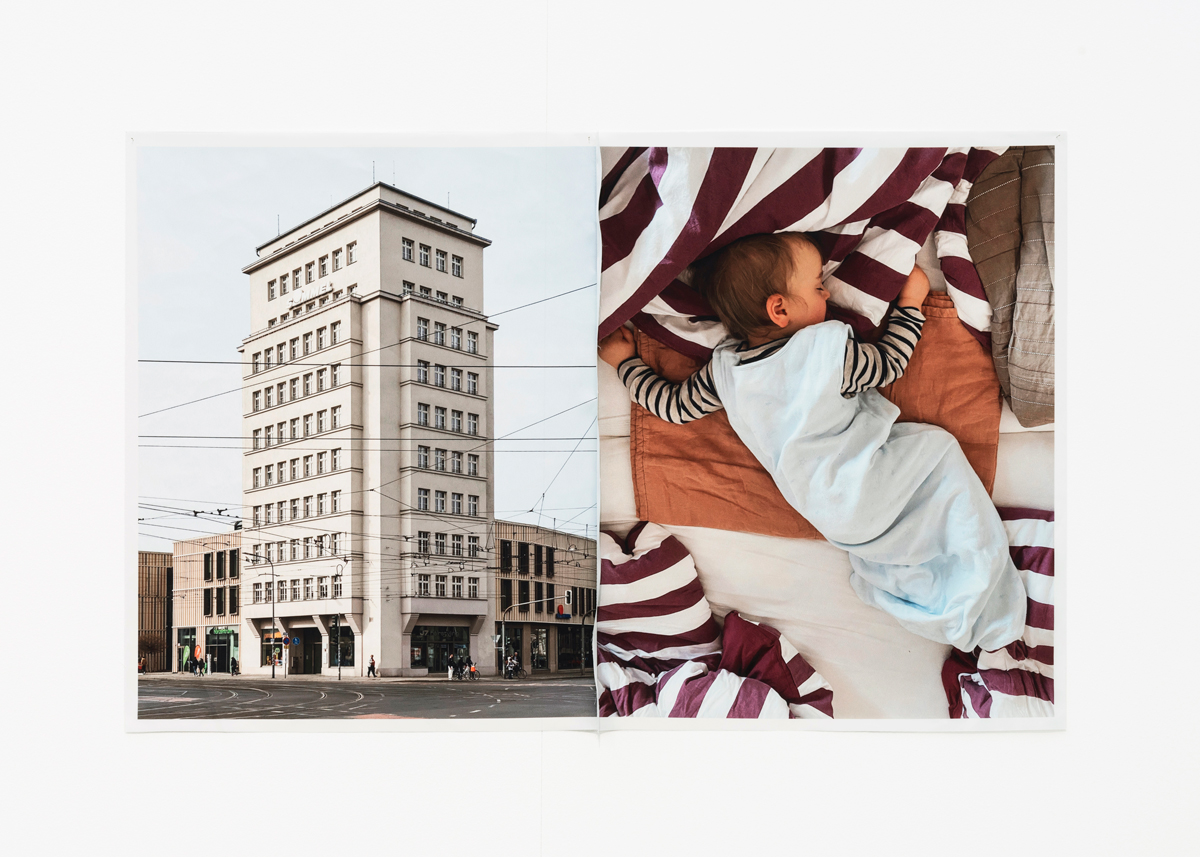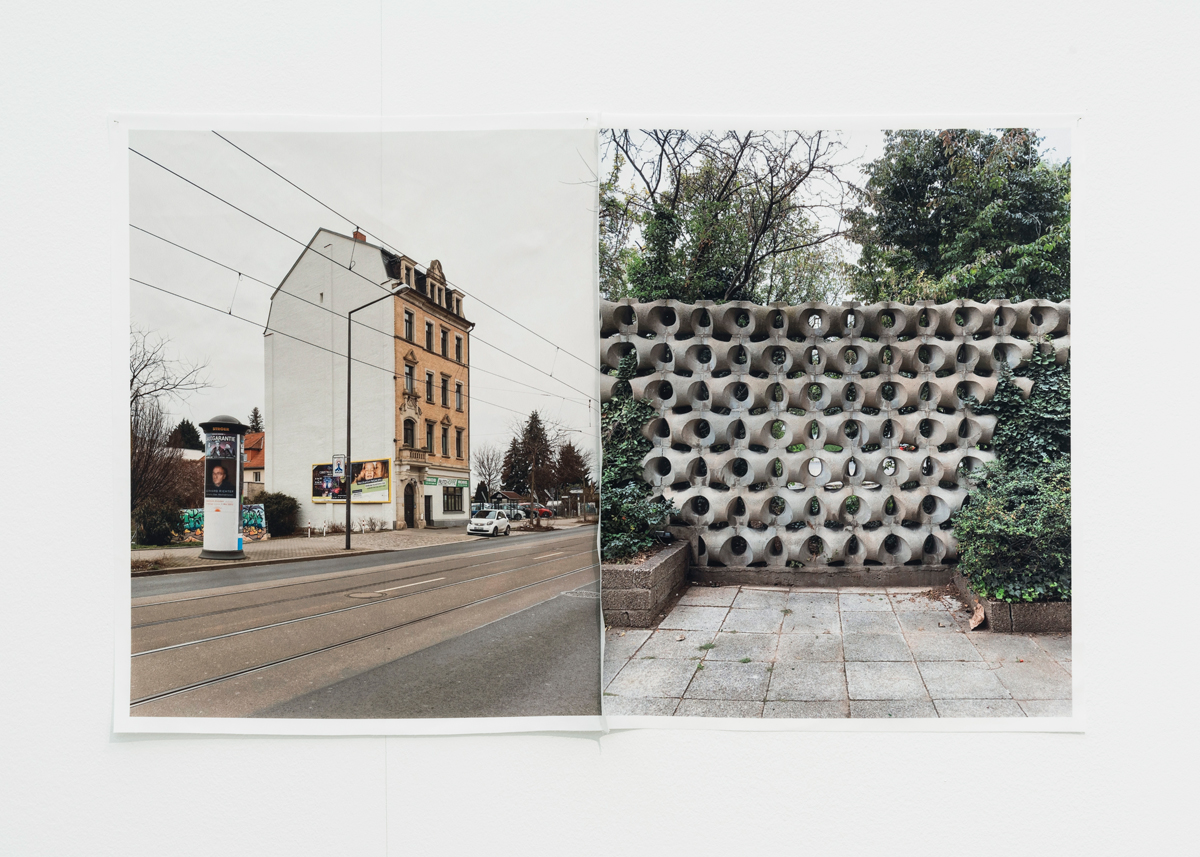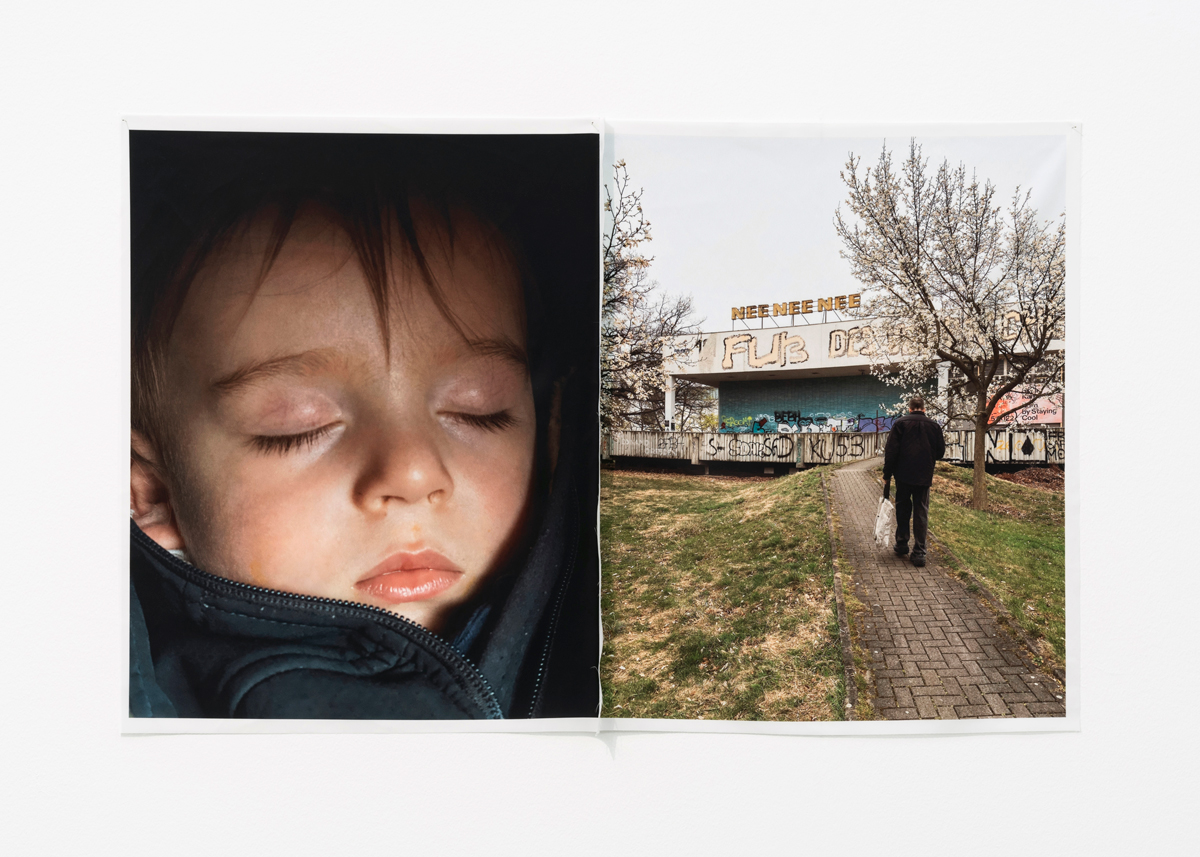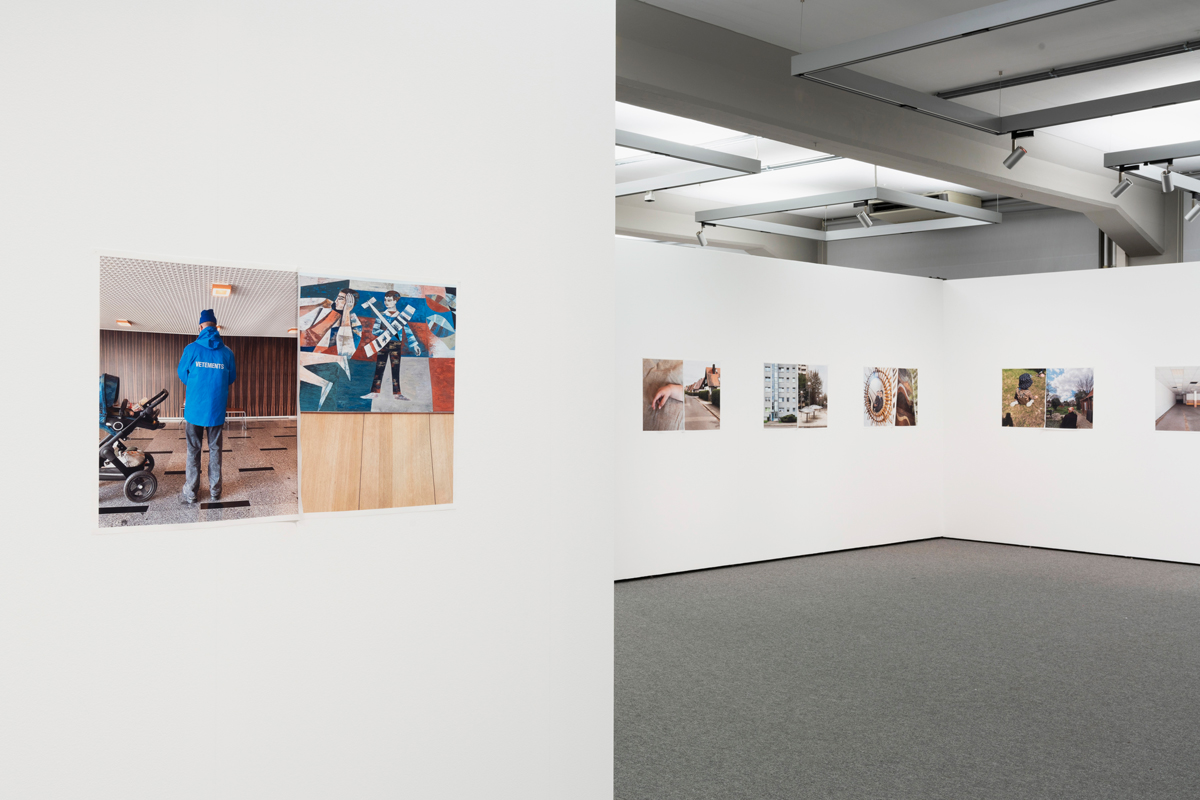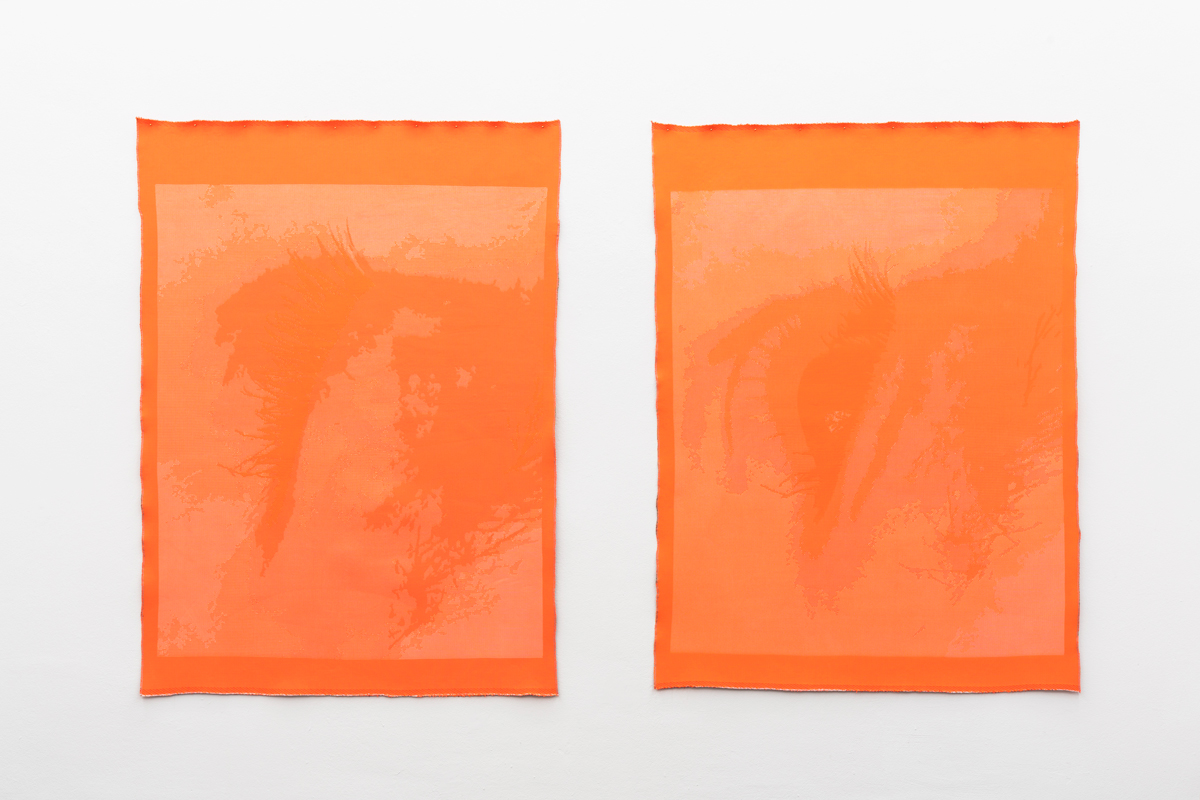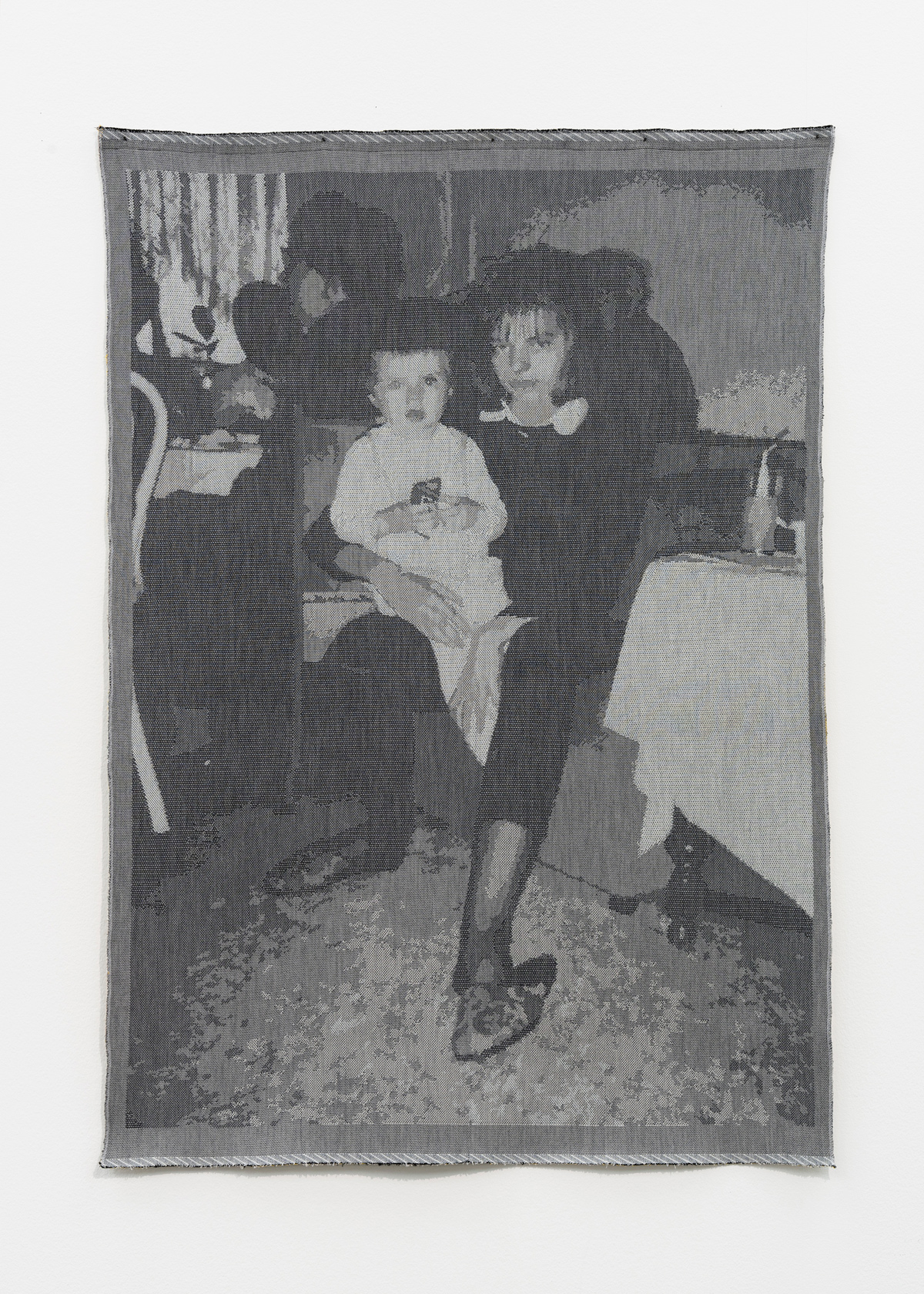25. November 2022 – 19. February 2023
Born in 1978 in Dresden, the GDR (former East Germany), Anne Pöhlmann belongs to the so-called post-German reunification generation, which required her to travel the world and deepen her knowledge on behalf of earlier generations. She left Dresden as soon as she finished high school, first to the Rhine city Mainz and Burgundy in France, then she studied photography with Thomas Ruff at the Kunstakademie Düsseldorf. Since then, Pöhlmann has built her career as an artist in Düsseldorf and Havana but has always wanted to one day see her hometown for a more extended period.
Stefan Zweig described the cultural situation in Germany at the beginning of the 20th century: “But the leadership in artistic and cultural matters had not yet fallen to Berlin (…) the Dresden Opera dominated the music field” (The World of Yesterday, 1942). With its baroque beauty and traditions linked to Italy, Dresden was a culturally sophisticated city. However, it was later indiscriminately bombed by the Allies at the end of World War II, which destroyed 85% of the city and subsequently incorporated into the German Democratic Republic, which was founded in the Soviet-occupied territories.
More than two decades after Germany’s reunification, the city’s return to the spotlight was triggered by the citizens’ group “Patriotic Europeans Against the Islamisation of Europe (Pegida),” founded in Dresden in October 2014. Around 800,000 people applied for refugee status in Germany in 2015, and while such groups, born as the antithesis of the German government’s refugee reception policy, have emerged in other cities, by far the most successful was Pegida in Dresden, which organised a demonstration of up to 25,000 people.
In thinking about this event, Pöhlmann ran into photographer Seiichi Furuya, who lived in Dresden in 1984/85, at Photoweekend Düsseldorf in 2016, and they discussed their old ‘hometown’. Furuya had two exhibitions at the same time in 2015, ‘Was Wir sehen. Dresden 1984/1985’ at Kunsthaus Dresden and ‘GRAVITATION’ at Technische Sammlungen Dresden, where Furuya witnessed the demonstration of Pegida and compiled his photographs of it, together with pictures from 1984/85, in the photo-book Why Dresden (Spector Books, 2017).
In 2022, Pöhlmann was awarded the Dresden Photography Scholarship and spent 85 days in the city. The photo diary, consisting of hundreds of photographs taken with an iPhone during that time, was first posted on Instagram and later printed on the habutae fabric made of recycled polyester and paired like the pages of a book and exhibited in November 2022 at the Technische Sammlungen Dresden (the same place that Furuya had his show) in November 2022. ‘Dresden Diary’ is thus not just a photo diary but also her answer to Furuya’s Why Dresden. A quarter of a century after leaving her hometown, she explores the traces of the city’s history and her memories, capturing the familiar places of her unknown daily life with a personal approach.
This work will provide a platform for older generations living in Dresden today to rediscover their memories and for younger generations to launch new stories. Pöhlmann’s approach of facing the subject not with ‘strength’ but with ‘vulnerability’ is sure to resonate with Japanese audiences as well.
text: Hirohisa Koike for the exhibition of ‘Dresden Diary’ at Kanzan Gallery Tokyo, 2023

